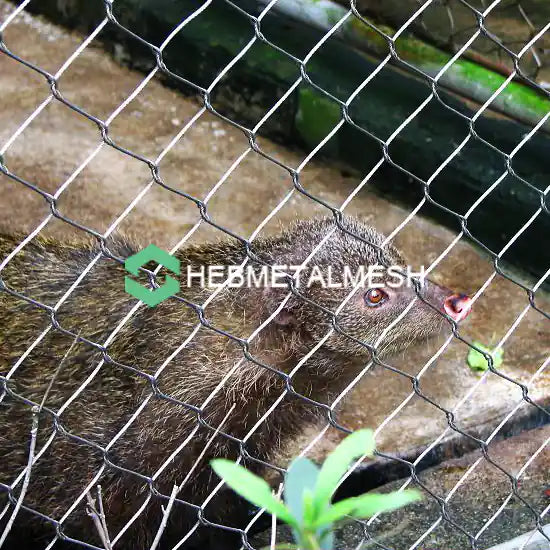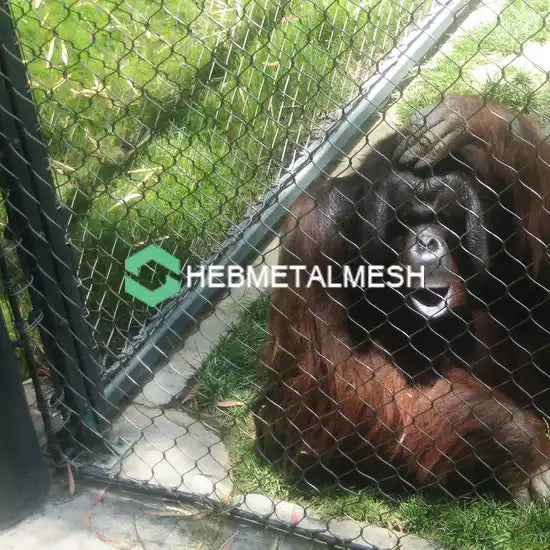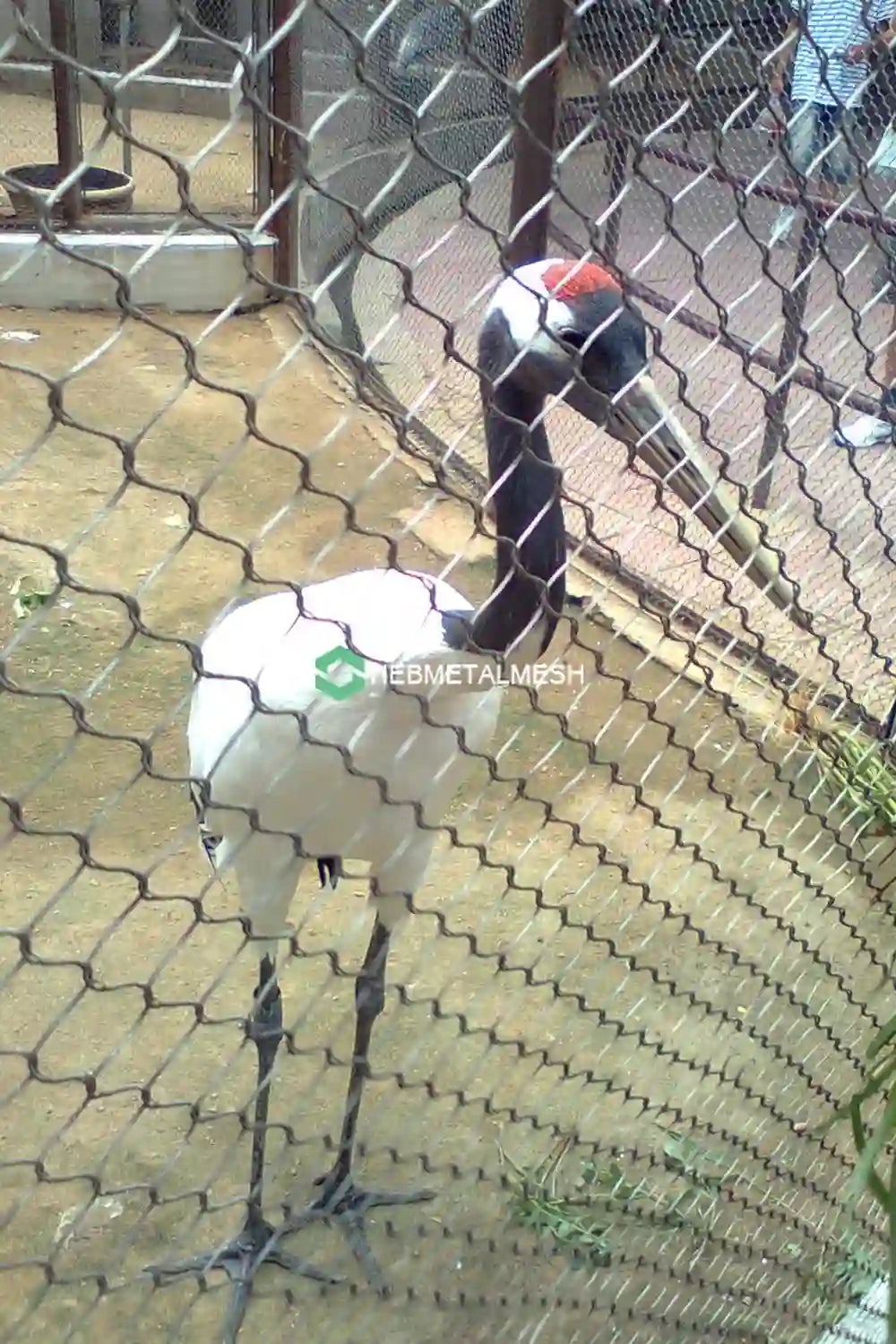
Reason to Choose Best Wire Mesh For Animals In a Zoo
Zoos are an integral part of our world, bringing us closer to the magnificent animals that roam our planet. However, designing and constructing enclosures mesh for zoo animals is a challenging task that must ensure the animals' safety and comfort while also providing visitors with a clear and unobstructed view.
In recent years, mesh fencing has become a popular choice for zoo enclosures. Mesh fencing is a type of metal fence made of interlocking wires that form small openings. The mesh design of the fence allows for maximum visibility while providing a secure and durable barrier mesh for zoo animals.
One significant advantage of mesh fencing over traditional fencing is its ability to deter climbing and digging. Many zoo animals are adept at scaling vertical surfaces and digging underground tunnels to escape. Mesh’s design makes it difficult for animals to climb, and its installation usually includes a below-ground barrier to prevent digging.
Another benefit is that the mesh material comes in different gauges and sizes, making it customizable to various animal species and their enclosure sizes. The thickness can affect the strength and visibility of the fence, so careful selection of mesh needs to be done depending upon two factors- animal species, and height or length of the fence.
Along with providing security, zoo mesh for animals enhances visitors’ experience and allows them to have a closer look at the animals. The mesh's transparency creates an illusion that the animals are not in captivity, thereby fostering a closer connection between humans and the animals.
Mesh also provides various benefits to the animals themselves. An interlocked design provides a more comfortable environment. For instance, Rhino's skin can be damaged, and their horns can break on traditional wood or steel fences. However, the mesh is safe for the animals and does not cause any harm.
Furthermore, wire mesh for zoo animal fencing allows for better ventilation across enclosures, which is especially important for animals in a humid and hot climate. Mesh allows air to pass through, creating a continuous flow of fresh air, which reduces the risk of overheating and the transmission of airborne diseases.
While mesh fencing offers many benefits, its installation and maintenance require trained professionals to ensure that it withstands weather, animal impacts, and people's wear and tear. Hence, only qualified installers should perform this task.
To sum up, mesh fencing is an excellent addition to zoo enclosures because it combines security and comfort products mesh for zoo animals, enhances visitors' experience, and allows for optimal ventilation. It is a worthwhile investment for zoos seeking to provide the best care and welfare for their animals.
In recent years, mesh fencing has become a popular choice for zoo enclosures. Mesh fencing is a type of metal fence made of interlocking wires that form small openings. The mesh design of the fence allows for maximum visibility while providing a secure and durable barrier mesh for zoo animals.
One significant advantage of mesh fencing over traditional fencing is its ability to deter climbing and digging. Many zoo animals are adept at scaling vertical surfaces and digging underground tunnels to escape. Mesh’s design makes it difficult for animals to climb, and its installation usually includes a below-ground barrier to prevent digging.
Another benefit is that the mesh material comes in different gauges and sizes, making it customizable to various animal species and their enclosure sizes. The thickness can affect the strength and visibility of the fence, so careful selection of mesh needs to be done depending upon two factors- animal species, and height or length of the fence.
Along with providing security, zoo mesh for animals enhances visitors’ experience and allows them to have a closer look at the animals. The mesh's transparency creates an illusion that the animals are not in captivity, thereby fostering a closer connection between humans and the animals.
Mesh also provides various benefits to the animals themselves. An interlocked design provides a more comfortable environment. For instance, Rhino's skin can be damaged, and their horns can break on traditional wood or steel fences. However, the mesh is safe for the animals and does not cause any harm.
Furthermore, wire mesh for zoo animal fencing allows for better ventilation across enclosures, which is especially important for animals in a humid and hot climate. Mesh allows air to pass through, creating a continuous flow of fresh air, which reduces the risk of overheating and the transmission of airborne diseases.
While mesh fencing offers many benefits, its installation and maintenance require trained professionals to ensure that it withstands weather, animal impacts, and people's wear and tear. Hence, only qualified installers should perform this task.
To sum up, mesh fencing is an excellent addition to zoo enclosures because it combines security and comfort products mesh for zoo animals, enhances visitors' experience, and allows for optimal ventilation. It is a worthwhile investment for zoos seeking to provide the best care and welfare for their animals.
Tags:

